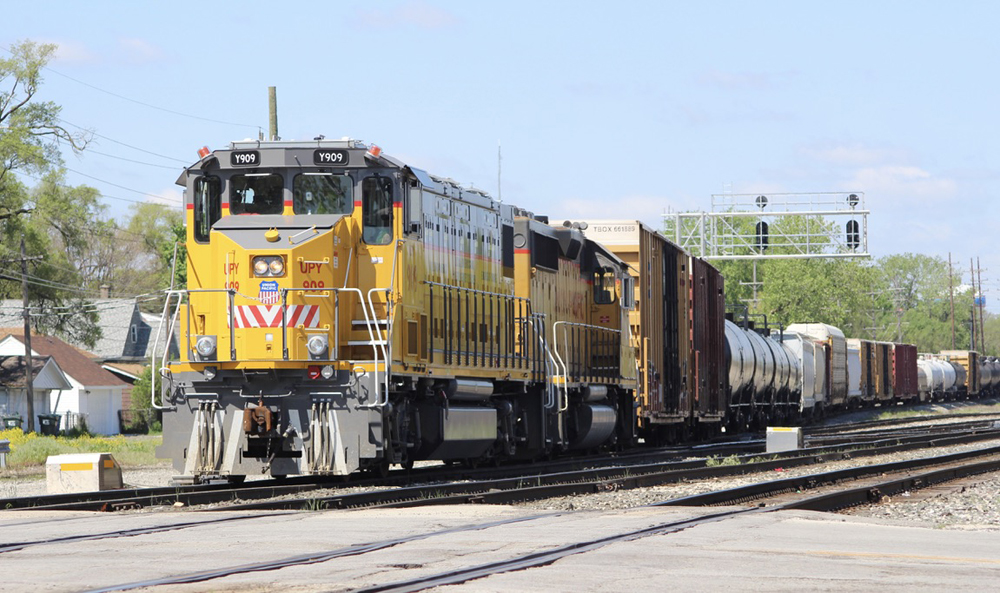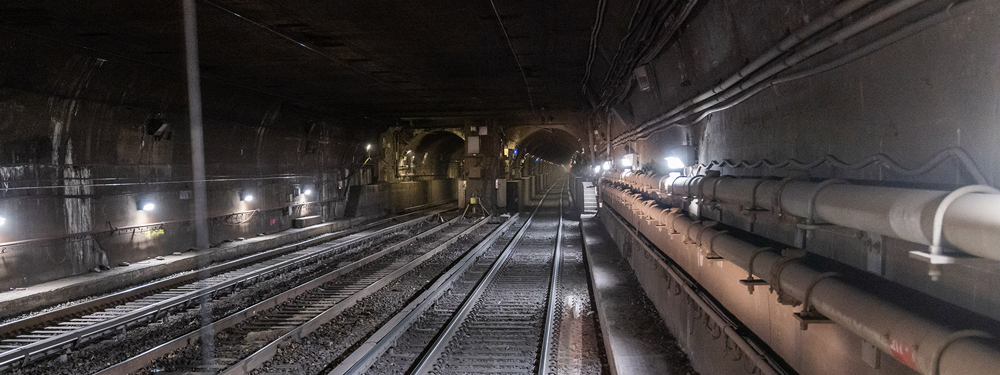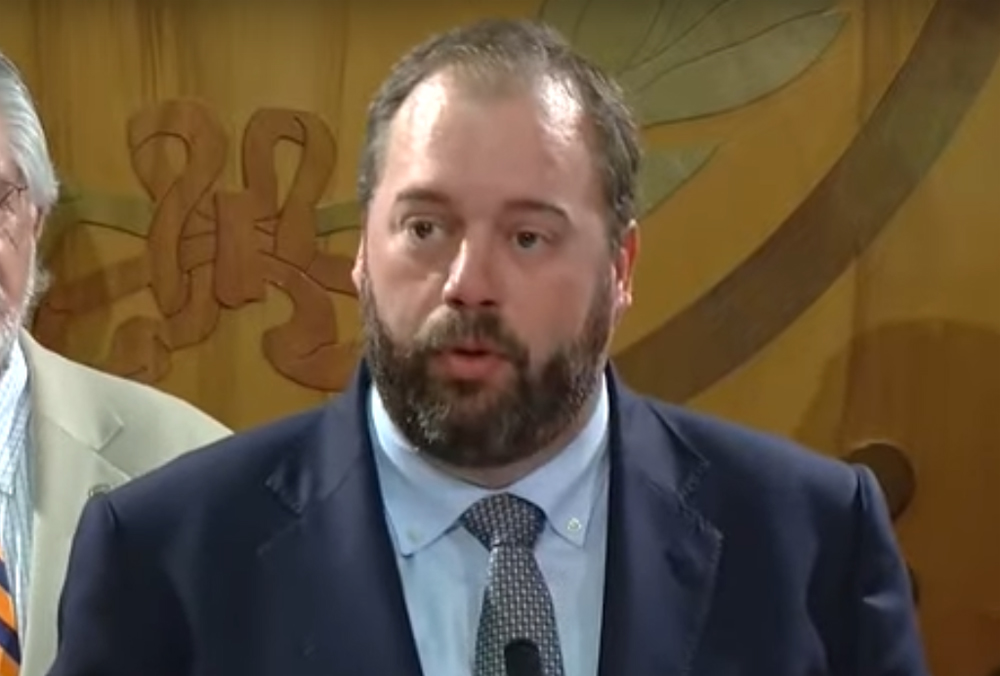
SALT LAKE CITY — Utah’s legislature is moving to pass a law that would require Union Pacific to use yard locomotives powered “wholly by a hydrogen fuel cell or electric power” in Salt Lake City no later than Jan. 1, 2028 — despite the railroad’s contention that the bill mandates an action not yet technologically possible.
The Deseret News reports the bill, HB405, passed out of committee on Tuesday and was passed by the full House with no dissenting votes just hours later. It now goes to the state Senate.
The newspaper says the bill specifically targets UP’s Roper Yard in Salt Lake City by setting its requirement for yards with four or more switch engines. A University of Utah scientist told lawmakers that the yard and its diesel locomotives are one of the most concentrated sources of pollution in Salt Lake County.
Nathan Anderson, UP’s senior director of public affairs, testified that UP supports the bill’s air-quality goals, and notes the railroad has agreed to test 20 battery-electric switchers in California and Nebraska [see “Union Pacific orders 20 battery-electric locomotives …,” Trains News Wire, Jan. 28, 2022]. But he said the railroad does not expect the battery technology to be “sufficient or available at scale for operations” until after 2030.
The bill’s sponsor, House Majority Leader Mike Schultz (R-Hooper, Utah) indicated concern that Utah wasn’t a site for the test of the zero-emission locomotives. “Utah isn’t on their list even though we have the worst air quality in the nation, and the world, at times,” Schultz said. Other legislators supporting the bill indicated other issues with the railroad, such as its opposition to a bill over widening of roads around railroad crossings and legislation on worker-safety issues.














So where do they get the electricity? From the batteries?
Per the article:
“Other legislators supporting the bill indicated other issues with the railroad, such as its opposition to a bill over widening of roads around railroad crossings and legislation on worker-safety issues.”
So this is a case of “backatcha” sour grapes? How quaint!
As a casual visitor there a few years ago (Spike 150!) I noted that there are refineries north of SLC + a lot of vehicle pollution piling up against the Wasatch Range. I’m no NIMBY but I’m wondering if there were a UP yard outside SLC the RR could use to empty out Roper … dunno if North Yard and the yard in Ogden can handle it all. Anyone on the ground in Utah know?
If Utah has the worst air quality in the nation and the world I am sure that isn’t all the UP’s fault.
What else is causing Utah to have the worst pollution in the nation and what are their legislators doing to address those issues.
I’d like to see the Utah legislature prove that point…since the last two times I’ve seen the EPA report Houston and Denver top the list for worst air(depending on time of year and atmospheric conditions). Currently I’d say the California Central Valley is approaching the top if not already there, just the other day I was driving down approaching Bakersfield and the smog was so bad I couldn’t see the Tehachapi range at all(you can usually at least make out the outline), and this was only 30 – 40 miles away(the closer you get the more visible an object becomes).
I am sure the sight of several hundred idled UP engines in the yards isn’t helping either. Just like UP cant build a transfer yard unless it has the ability to store diesel nearby. So to support zero-emission equipment, you need the supporting charging and maintenance materials and staff.
UP should just save face and move some of those 20 test engines to Salt Lake to appease and either prove they work or not. Quite sure a move like that would have the Legislature stall for a few years as technology advances.
Reference the News Wire story about the UP’s purchase of 20 battery powered locos two points.1) It will require $100 million in infrastructure support. So they can’t just move them around the system. 2) The Port of Los Angeles is awarding UP funds to partially cover the costs of one of the locomotives, out of funding it received from a U.S. Environmental Protection Agency Diesel Emission Reduction Act grant. Maybe Utah can find some funds to support their goals instead of just writing a law that my not stand-up in court.
I don’t think every place using battery electric locomotives will require anything like $100 million in infrastructure. The primary support requirement is a DC power system similar to a Tesla Supercharger and the transmission line to link it with the electrical grid at a point where sufficient power is available. A couple million dollars to support multiple locomotives in a switching environment. A battery electric is similar to a diesel electric so much of the maintenance work will be familiar. The only odd parts are directly related to the battery system. If a locomotive requires specific battery work then ship it DIT to a facility with specialized capability.
That $100 million in infrastructure has nothing to do with maintenance requirements and everything to do with the fact they are battery-electrics, and that price tag is for the 2 locations they’re being tested in in total.
What do you mean by your comment “everything to do with the fact they are battery-electrics”? Battery-electrics are no different than diesels except they require charging. The charging infrastructure is no where near $50 million per location. I suggest $2 million is closer.
And I’m sure the state has already converted all their vehicles and operations to zero emissions.